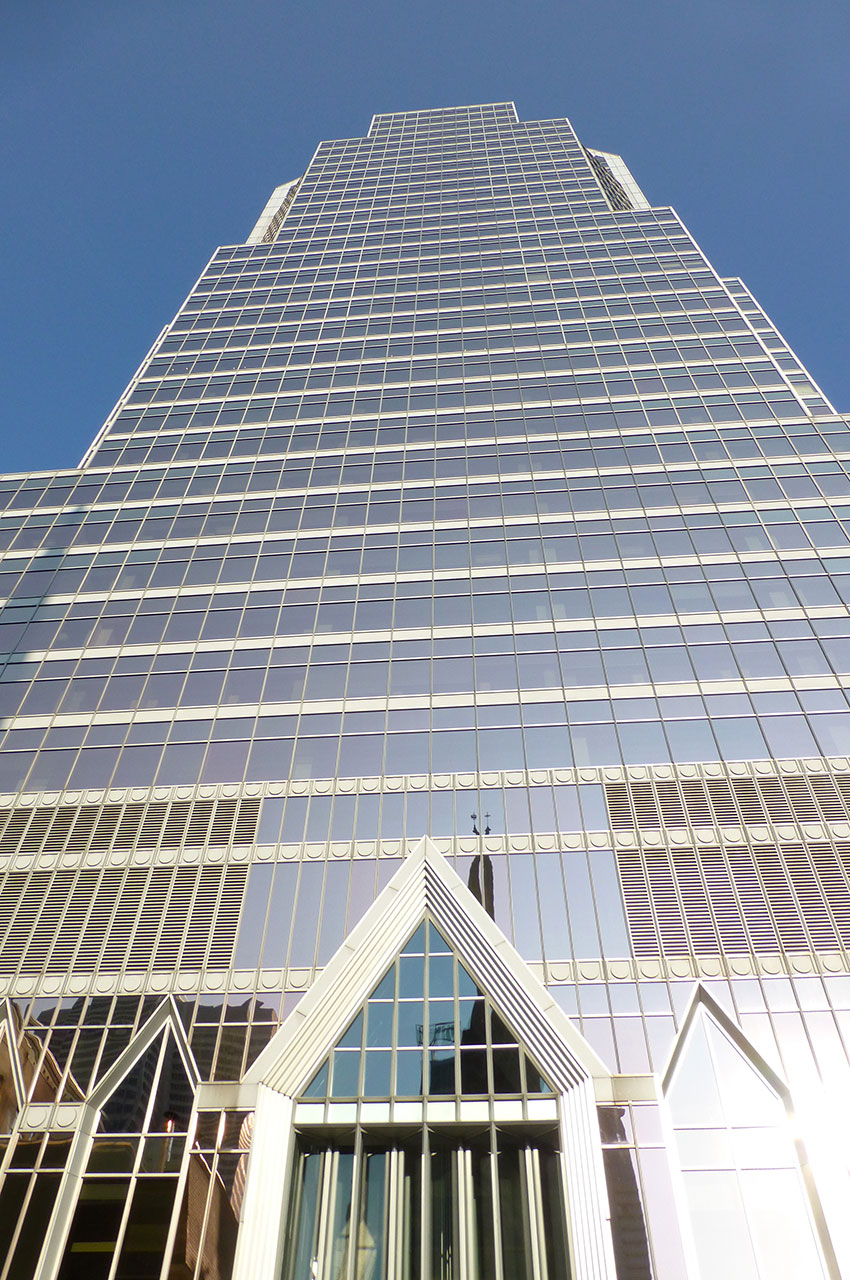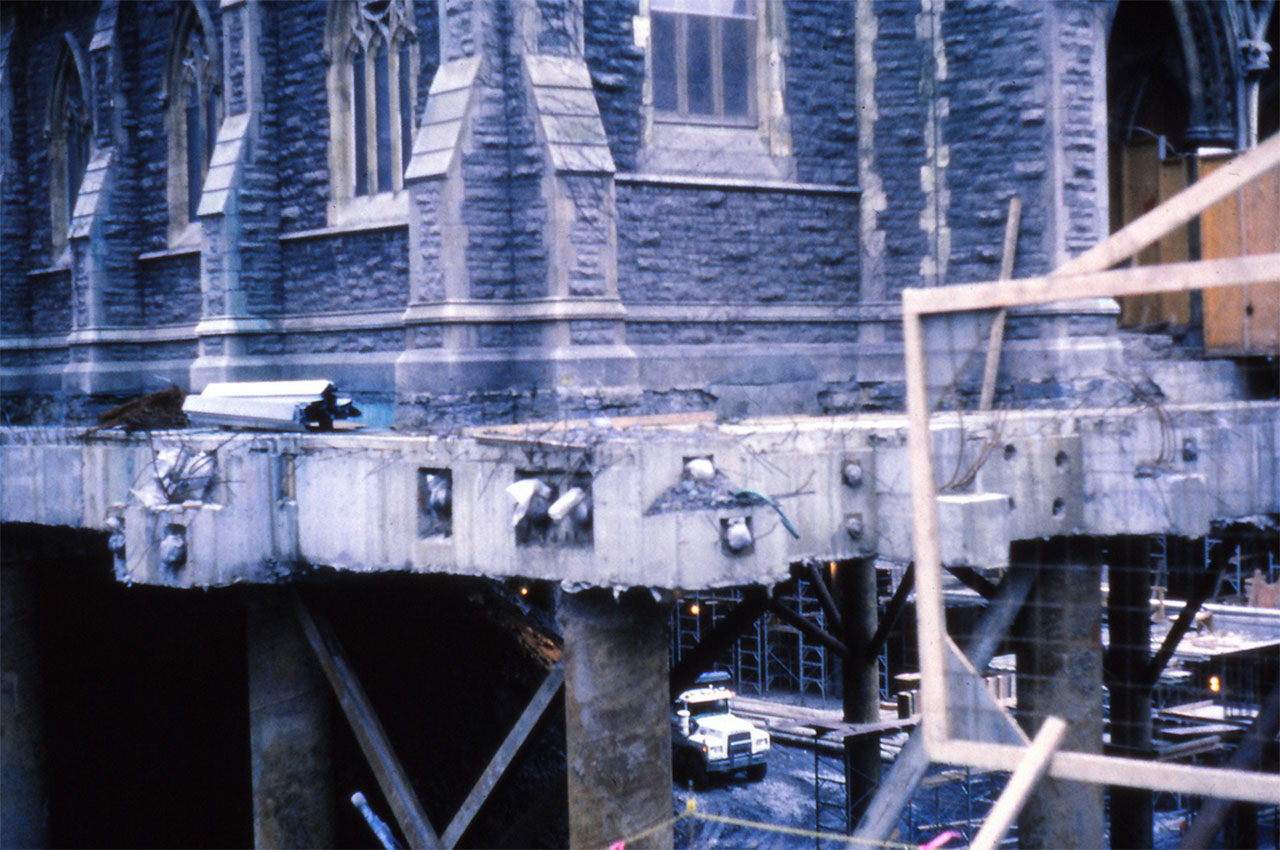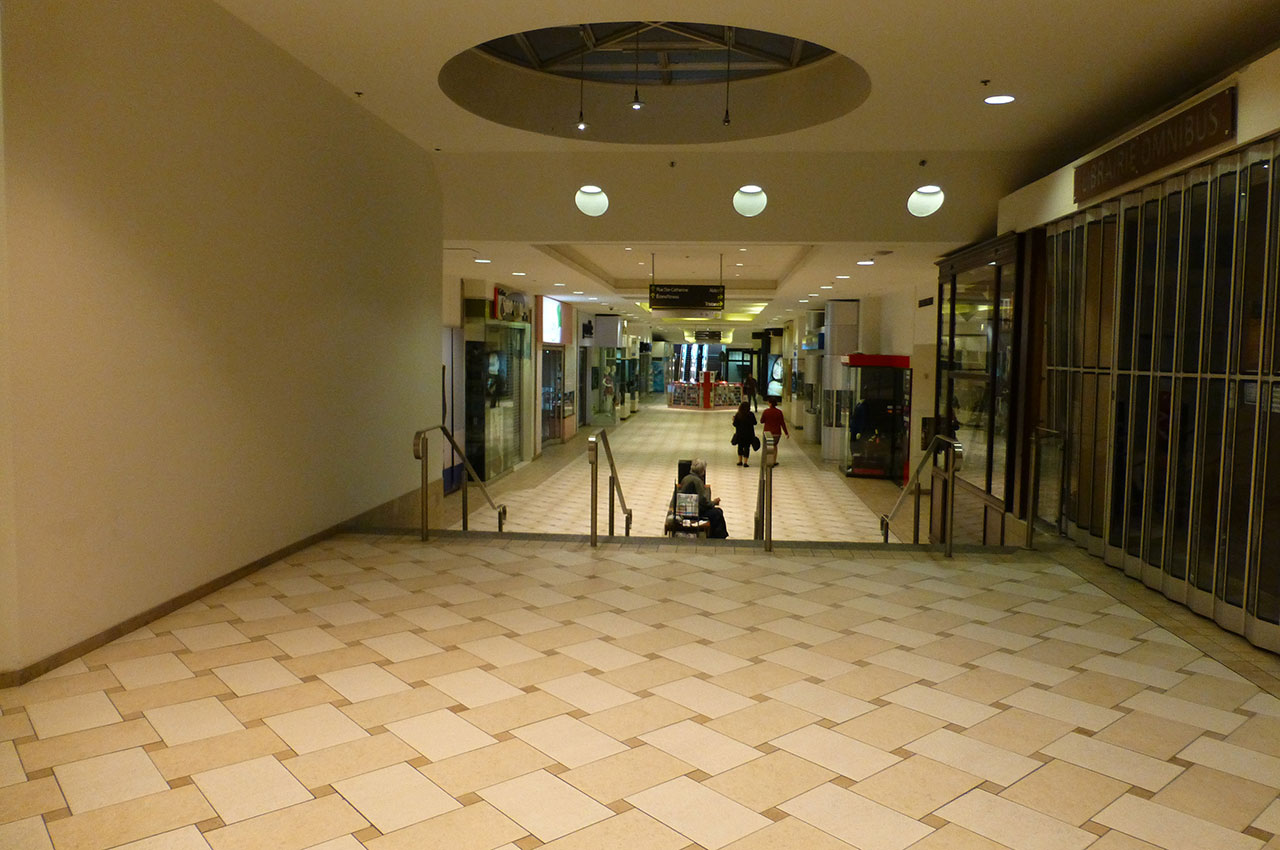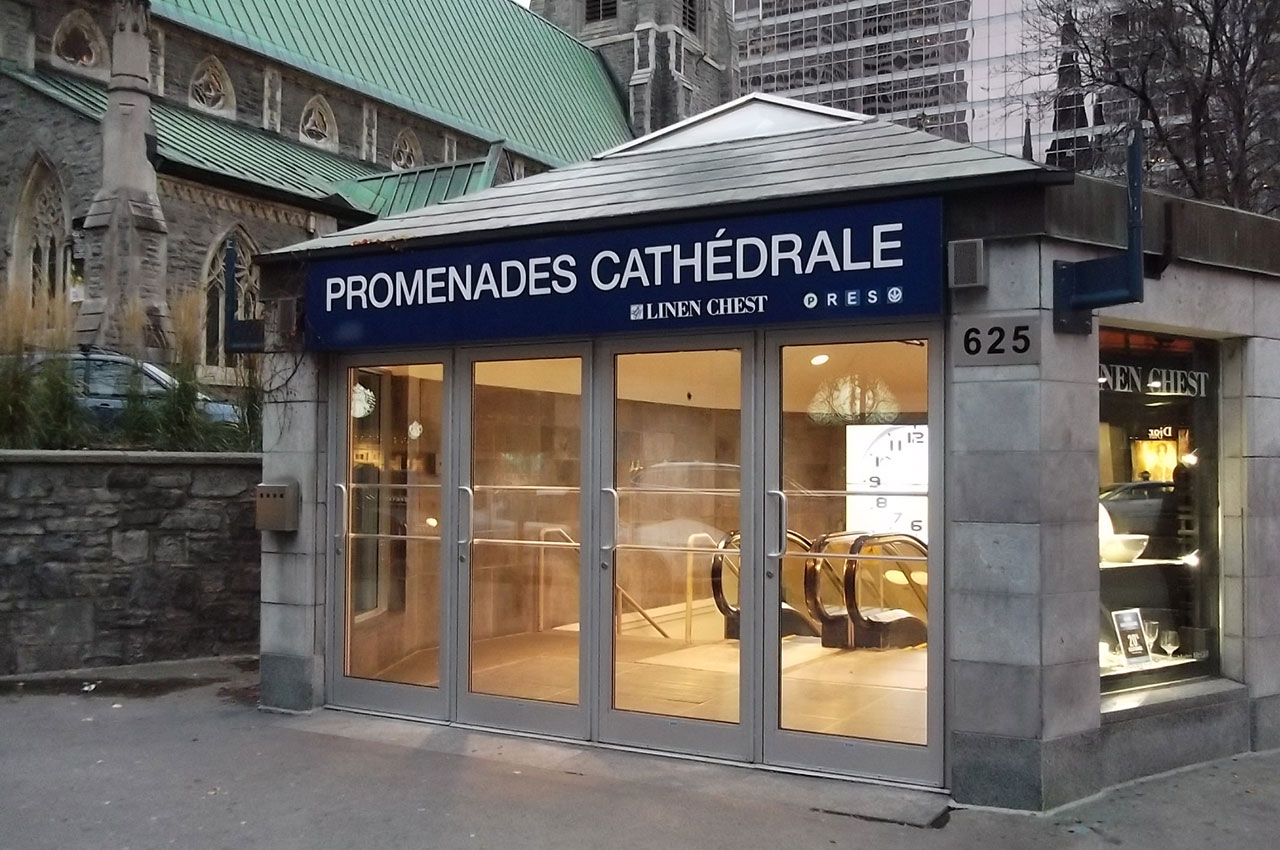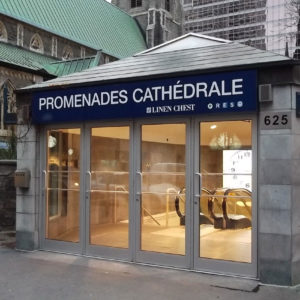9 November 2018
Southwest of Calgary, Alberta, the cowboy spirit continues in this region where the mountains meet the prairies, with ranches, horses and old pioneer forts. This region offers a quietness and exceptional landscapes that would be a shame to miss.
